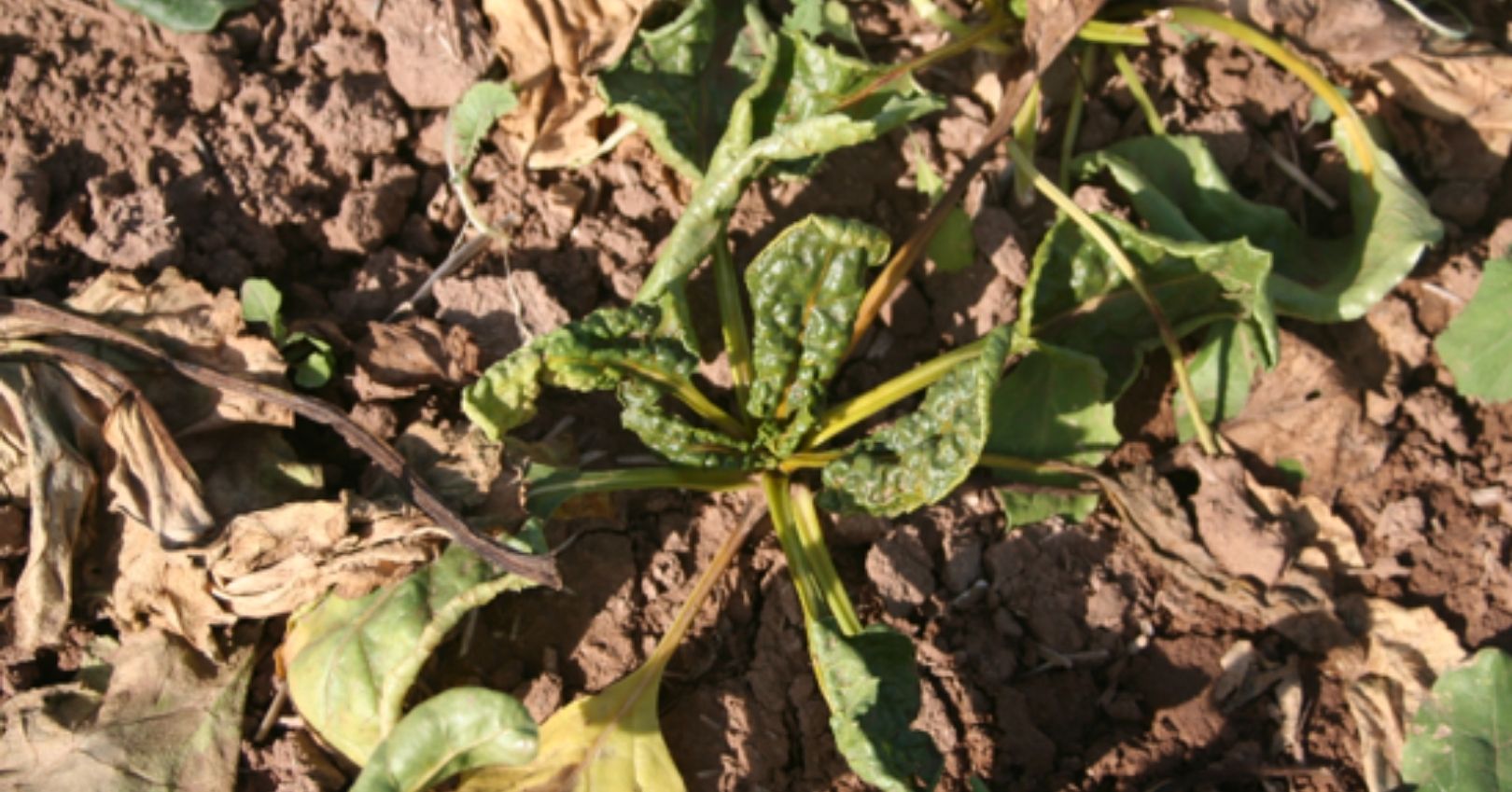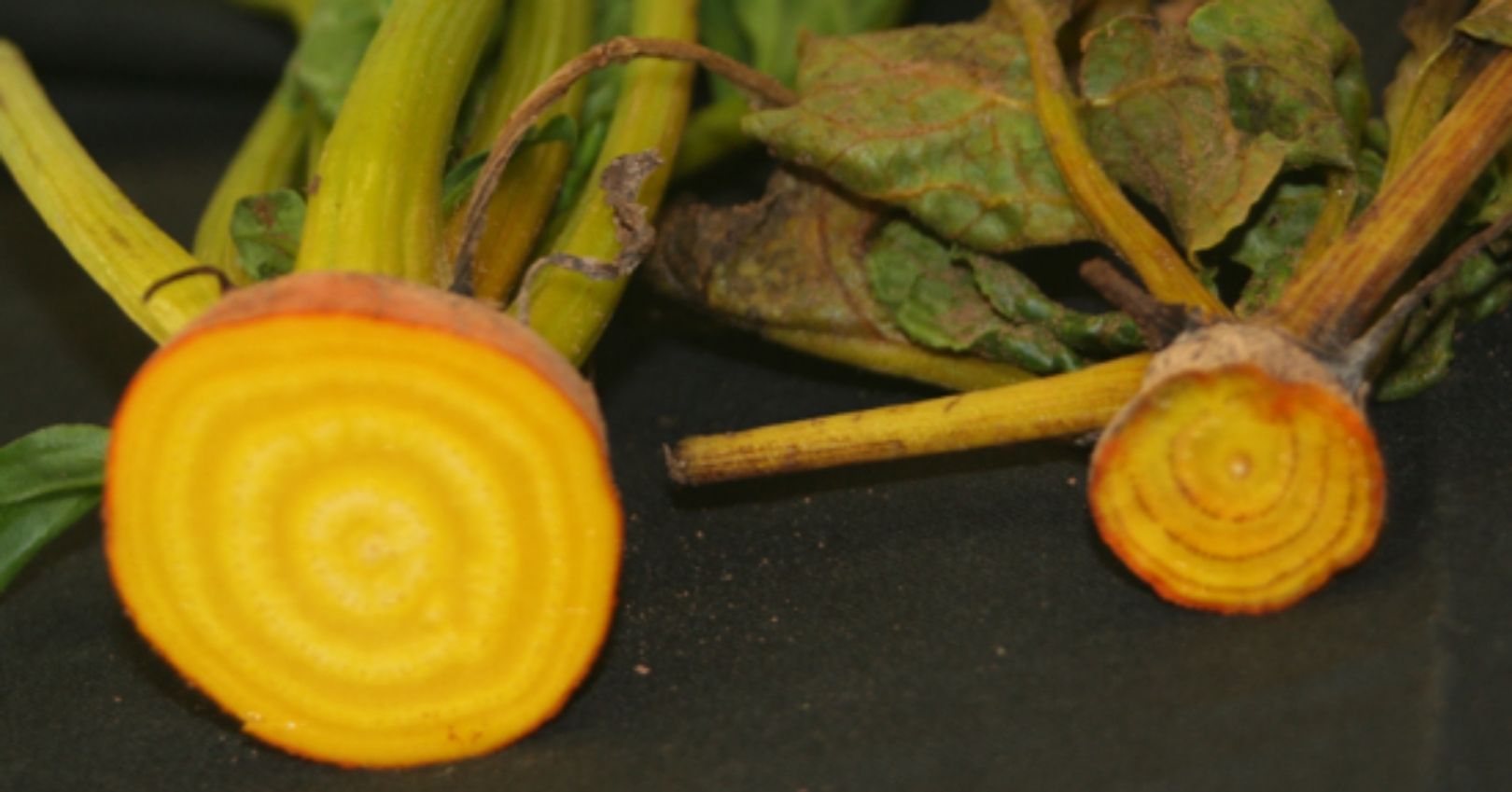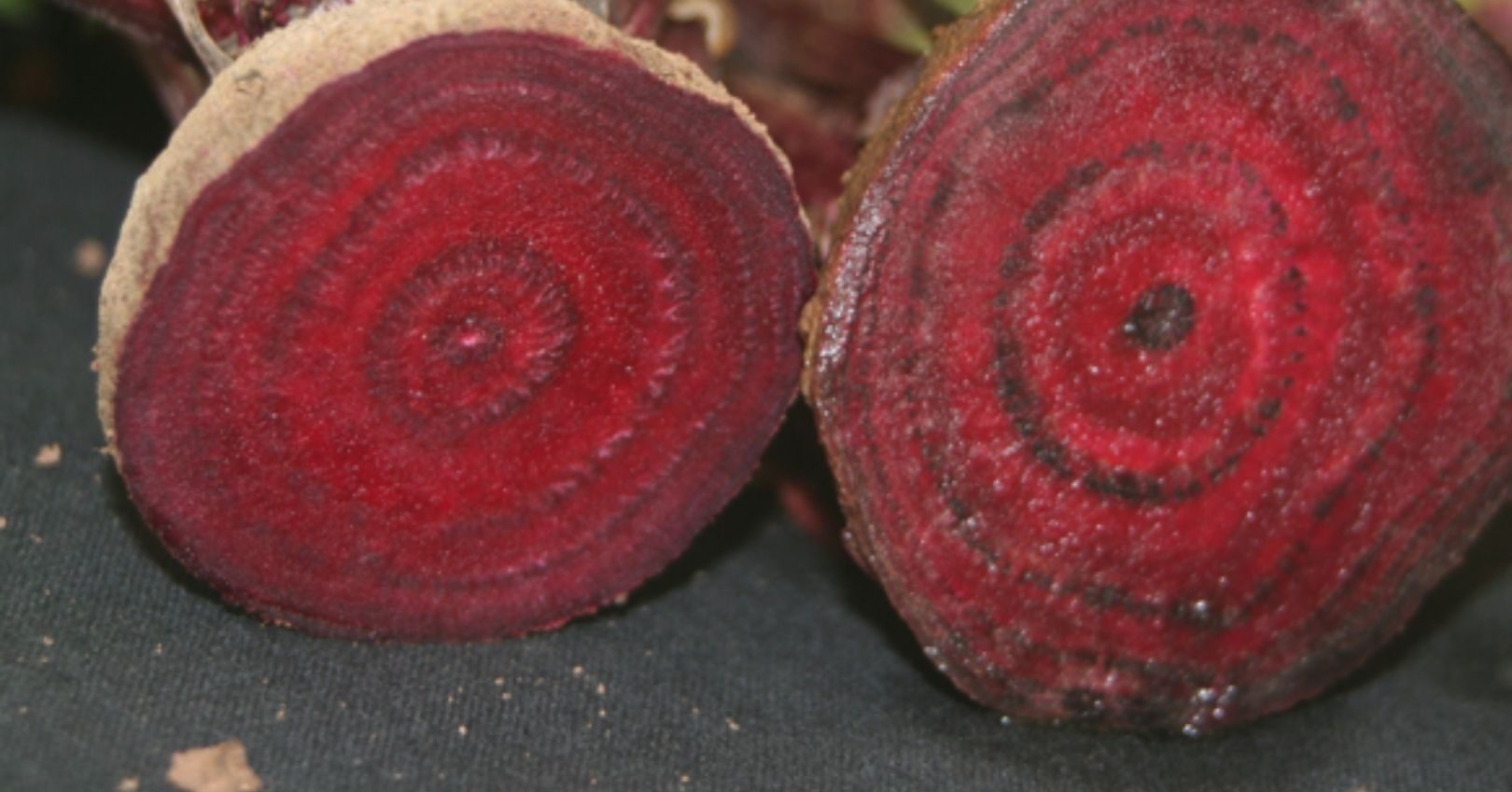Beet Curly Top Virus



Casual Agents
Curly top disease of cucurbits is caused by Curtoviruses. This group includes beet curly top virus, Beet severe curly top virus and Beet mild curly top virus among others. They are transmitted by the beet leafhopper (Circulifer tennellus)
Symptoms
Curly top symptoms in cucurbits can include plant stunting, stiffness, and shortened internodes. The foliage of young plants turn yellow and may roll upward with a crinkled appearance. Plants infected in the seedling stage will likely die. Older plants will eventually turn yellow and die.
Disease Cycle
The virus is transmitted by the beet leafhopper (Cicurlifer tennellus). In late spring, when weeds and grass growing along the foothills dry up, leafhoppers migrate to greener plants which are often in and near vegetable fields. The leafhopper probes plants indiscriminately to find suitable feeding hosts. Tomato and pepper are not preferred feeding hosts, which is why beet leafhopper is rarely found on these plants. However, they may feed on these hosts for a very short time, and any beet leafhoppers infected with the virus will transmit it within a matter of seconds while they “taste” the plant. Symptoms appear within 7 to 14 days after infection.
Management
- Delay planting by one or two weeks. Planting after migration of leafhoppers has moved through can reduce disease incidence significantly, depending on the area.
- Manage weeds. Weeds can be treated with insecticides against beet leafhoppers but it will be ineffective to treat tomatoes.
- Use dense plant spacing. Dense plantings will make it more difficult for the insects to find the plants.
- Use row covers. Row covers for the first 6-8 weeks of planting will exclude leafhoppers.
- Use intercropping or trap crops. Leafhoppers are attracted to plants that highly contrast with their surroundings.

